 Please switch to desktop or tablet.
This content is not
Please switch to desktop or tablet.
This content is not optimized for mobile.
 Please switch to desktop or tablet.
This content is not
Please switch to desktop or tablet.
This content is not  Please rotate your device.
This content is best experienced with
your device in landscape mode.
Please rotate your device.
This content is best experienced with
your device in landscape mode.






In the late 1920s, the Ford Model A conquered the automotive market. The vehicle was sold successfully up until the start of the global economic crisis, which in turn provided a key impetus for the development of the Simmerring.

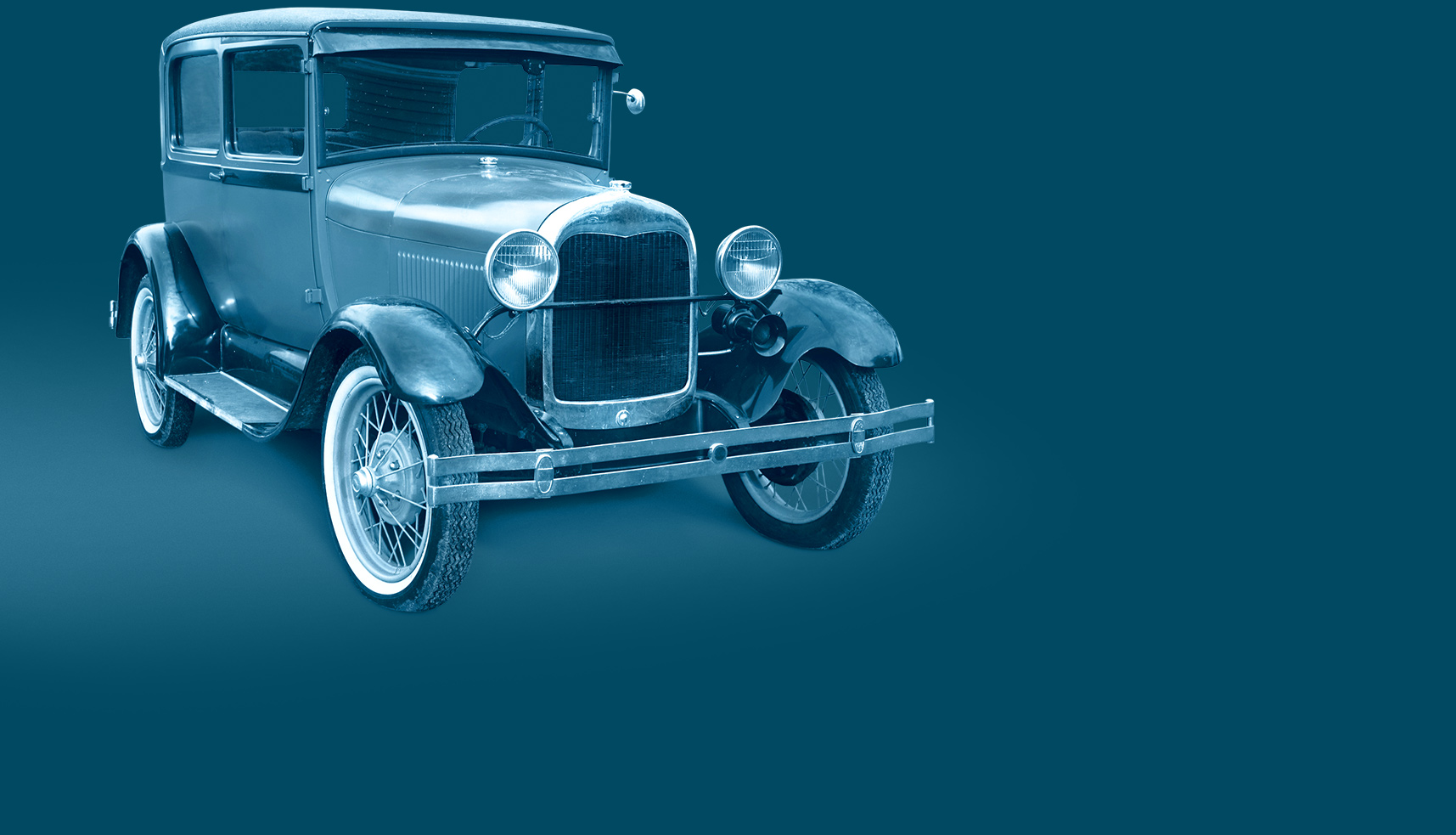
At the start of the 1930s, zeppelins were used in transatlantic service and carried rising numbers of passengers between Europe and North and South America annually. At about this time, Simmerring production began at Freudenberg’s main facility in Weinheim (Germany).
Today the term „Simmerring‟ is synonymous with radial shaft seal ring in German-speaking countries. Where did this catchy name come from?


The general technological and industrial trends in the 1930s gave birth to many innovations, such as the Pennsylvania Railroad’s streamlined Class S1, which was by far the world’s largest and highest-performance express steam locomotive. The continued development of the Simmerring also relied on high-performance technology.



The Simmerring with the Perbunan seal lip ushered in a new era in sealing technology at Freudenberg – elastomer processing.
After World War II, the United States built its „X aircraft,‟ a series of experimental airplanes built for research on new technologies. For example, in 1947, the Bell X-1 became the first manned vehicle to break the sound barrier. The Simmerring also achieved a record in 1953.


Simmerrings were used in millions of applications and different machines in many industries by this time. The foundation for success: Continual technological advances and improvements in production efficiency.

The concept was transformational: Move away from repetitive workstation manufacturing and organize the shop floor into multi-task production cells.


At the start, the Simmerring was only conceived to reliably seal rotating shafts. But with ongoing technological advances, it took on more and more functions, which, for example, have increased driving safety in bad weather.


In the new millennium, the development of the Simmerring has proceeded unabated. New applications and the inroads of advanced information and communication technology into industrial production have had consequences for the „bestseller‟ from the house of Freudenberg.
Whether dust, rain, mud, heat or cold, a special type of Simmerrings protect heavy machines used to build roads and dams and mine minerals under the most rugged environmental conditions.
Sealing technologies have opened up huge opportunities to contribute effectively to emissions reduction in the auto industry. In its LESS initiative – Low Emissions Sealing Solutions – Freudenberg Sealing Technologies has bundled product innovations that reduce frictional losses, installation space, weight, fuel consumption and emissions. The Simmerring has made a contribution of its own.
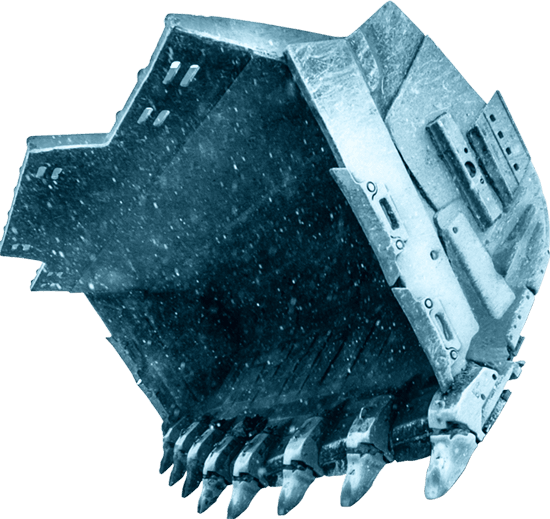

Machines are becoming smaller and, at the same time, their capabilities are growing. Appliances such as coffee machines use Simmerrings, and these devices are shrinking as well. This miniaturization has consequences for processed materials and components.
The backup rings integrated into Simmerrings were traditionally stamped from sheet metal, leaving a significant portion of the metal as scrap. In 2010, however, Freudenberg developed a new process for metal-forming that changed this.


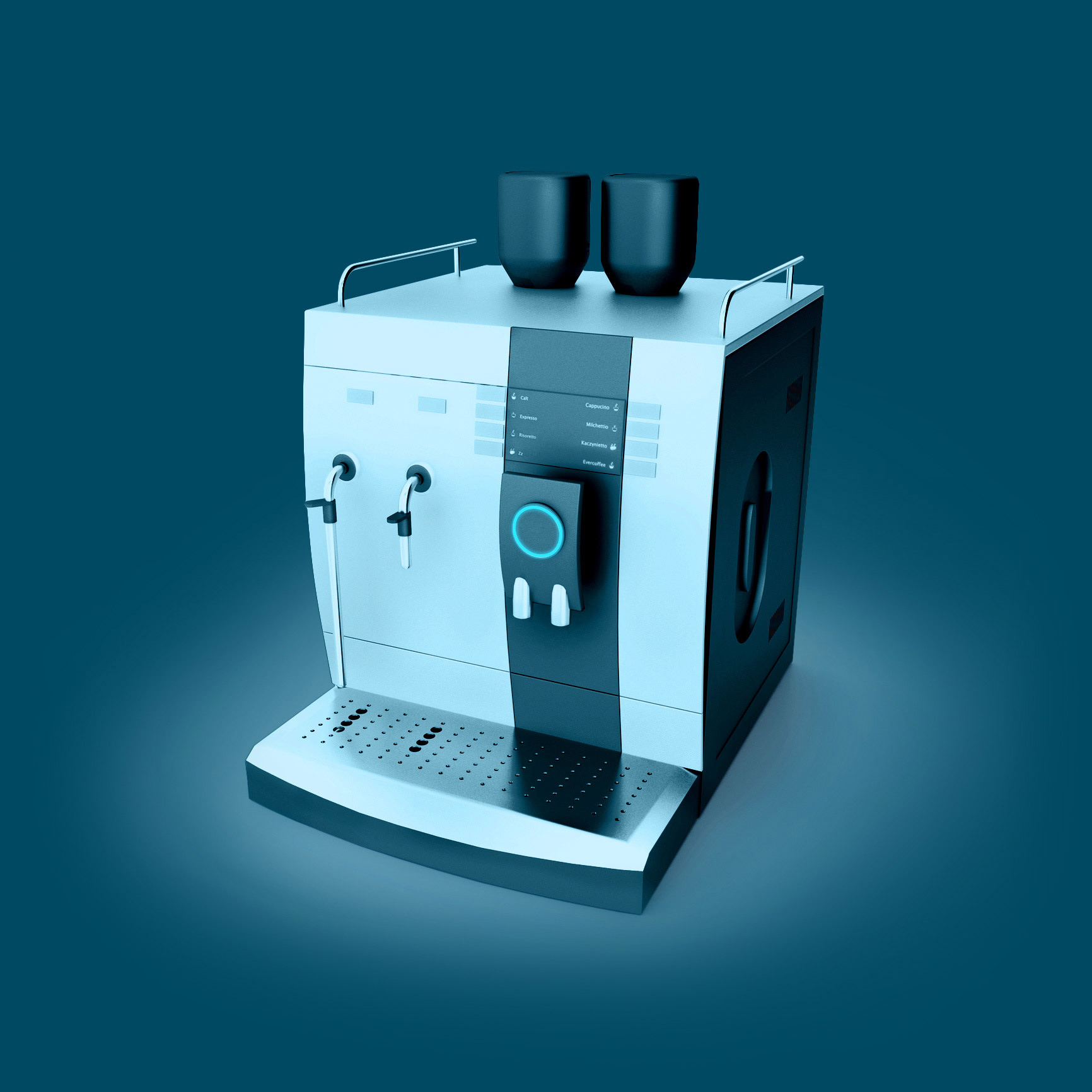
In 2012, Freudenberg came up with a revolutionary development: its gas-lubricated mechanical face seal, Levitex.

While hybrid and electric vehicles are becoming increasingly popular and important, they present manufacturers with new sealing challenges.

Digitalization has long emerged from its infancy and has become a fixed component of all areas of life. Today’s vehicles cannot drive a single mile without data processing handling its tasks. The Simmerring has found its way into the digital world as well.
The success story of the Simmerring continues. Like its history, its future will be driven by Freudenberg’s dynamic technical developments and technological competency.



Simmerrings play a pivotal role in ensuring solar panels maintain their optimal alignment with the sun.




Our engineering excellence and commitment to quality lay the groundwork for innovative Simmerring developments.


Simmerrings offer reliable protection against leaks, safeguarding robots and cobots from operational failures.


The enduring legacy of Simmerrings continues. Just like its history, its future is driven by dynamic, technical development and Freudenberg’s technological acumen.




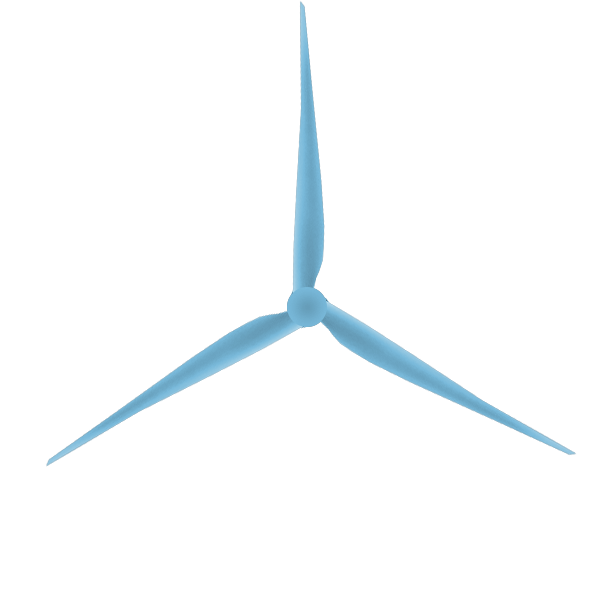


Continuous improvement has been a top priority at Freudenberg since the inception of industrial production.
Whether huge or tiny – it is often the unique challenges that pave the way for innovations.
The more than 200 million Simmerrings produced each year by Freudenberg must satisfy an extensive array of criteria.